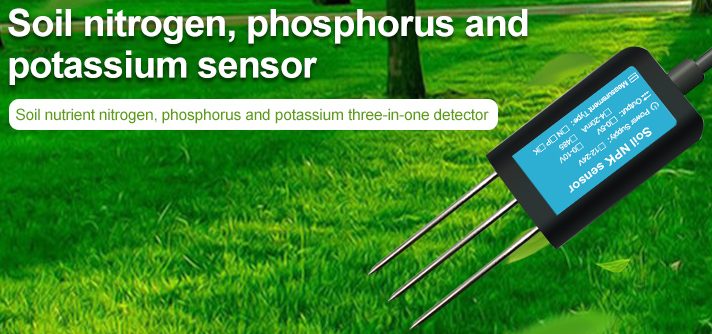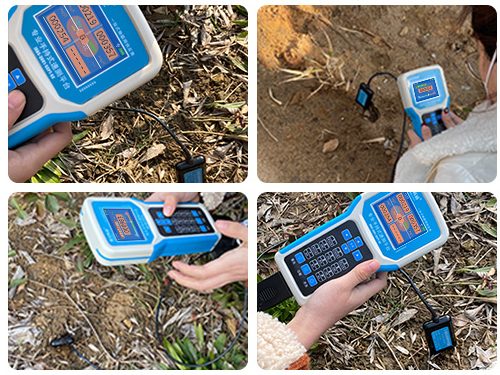Soil nutrient sensors play an important role in the field of agriculture and environmental science. By monitoring nutrient levels in the soil, these sensors provide farmers, gardeners and scientists with important information about soil health, plant growth and climate change. This article will detail how to choose the right soil moisture sensor and the price of soil nutrient sensors.

First, how to choose the right soil nutrient sensor
When choosing a soil nutrient sensor, you need to consider the following factors:

- Consider the nutrients you want to measure: Different sensors are measure different nutrients, so consider which nutrients are most important for your specific needs. For example, some sensors may measure nitrogen, phosphorus, and potassium, while others may measure micronutrients like iron, zinc, and manganese.
- Accuracy and precision: Look for a sensor that provides accurate and precise measurements of the nutrient levels in the soil. This will ensure that you can make informed decisions about fertilizer application and nutrient management.
- Ease of use: Choose a soil sensor that is easy to install and use, with clear instructions for calibration and maintenance. Consider whether the sensor is compatible with your existing equipment and technology.
- Data management: Consider how the sensor collects and manages data. Some sensors may provide real-time data that can be accessed remotely, while others may require manual data collection. Choose a sensor that fits your data management needs and capabilities.
- Durability and reliability: Look for a sensor that is durable and reliable, able to withstand the harsh conditions of the field and provide consistent measurements over time.
- Cost: Consider the cost of the sensor and whether it fits within your budget. Keep in mind that the initial investment may be offset by the potential savings from more efficient nutrient management.
- Consult with experts: If you are unsure about which soil nutrient sensor to choose, consider consulting with agricultural experts or soil scientists who can provide recommendations based on your specific needs and conditions.
Second, the price of soil nutrient sensor

The price of soil nutrient sensors varies depending on factors such as brand, specification, performance and quality. Generally speaking, the higher priced sensors have higher measurement accuracy, wider measurement range and better stability. Here are some factors that affect the price of soil moisture sensors:
Brand: Soil nutrient sensors of well-known brands usually cost more than those of common brands, but may have better performance and quality assurance.
Specification: Higher specification soil sensors usually have higher measurement accuracy and wider measurement range, so the price will be higher accordingly.
Performance: Higher performance soil nutrient sensors usually have better stability and durability, and are therefore more expensive.
Quality: Higher quality soil moisture sensors usually have more accurate measurements and more stable performance, so the price will be higher accordingly.
In short, when selecting soil nutrient sensors, it is necessary to make comprehensive consideration according to actual needs and budget. Selecting the right soil nutrient sensor can improve the accuracy and stability of monitoring, and provide strong support for research and practice in the field of agricultural and environmental science.
